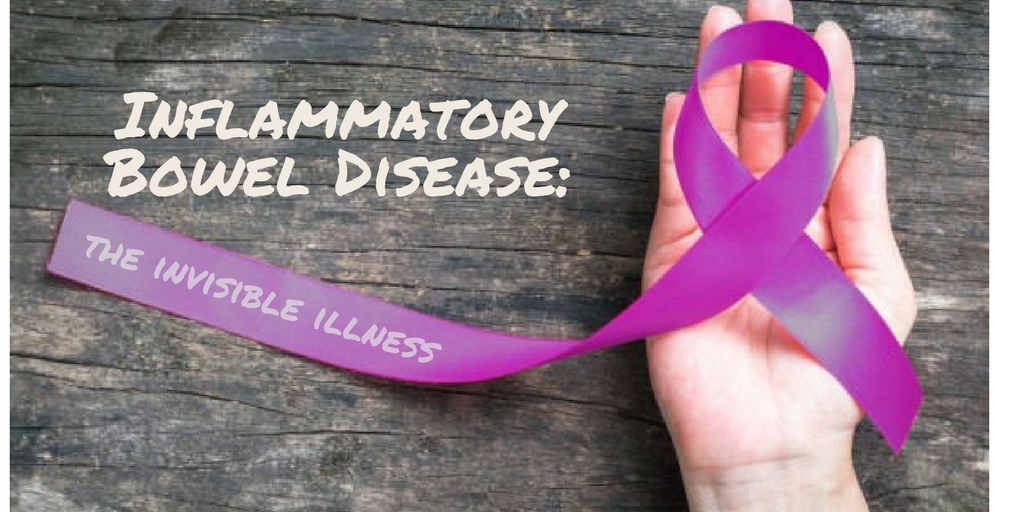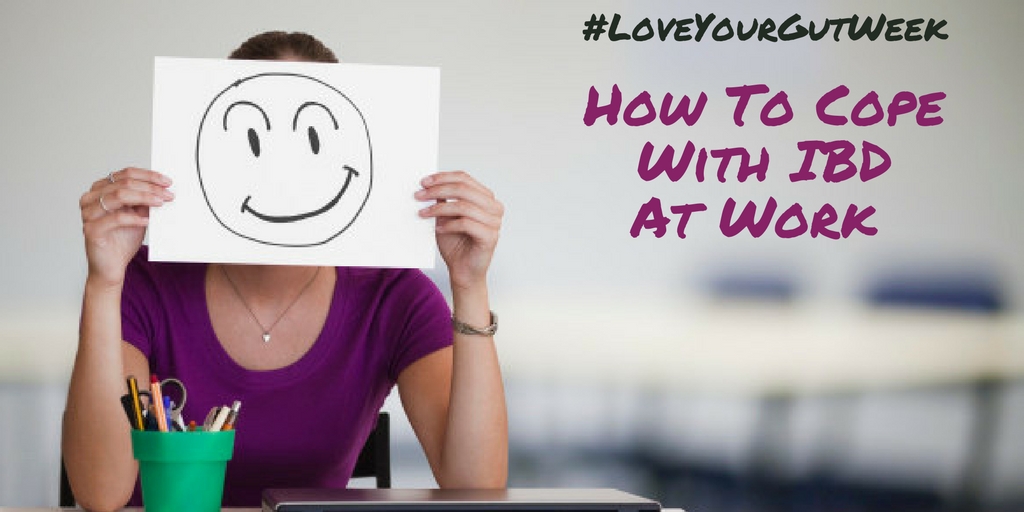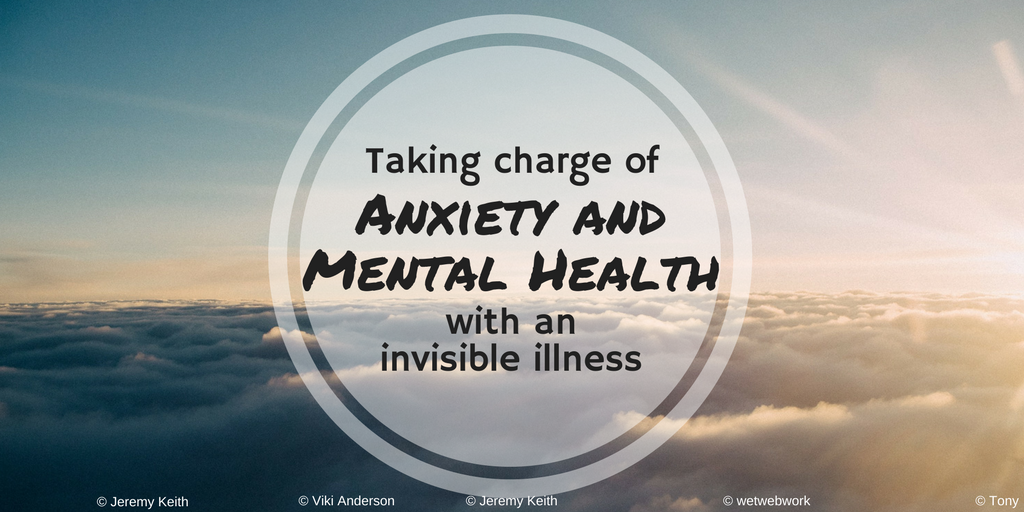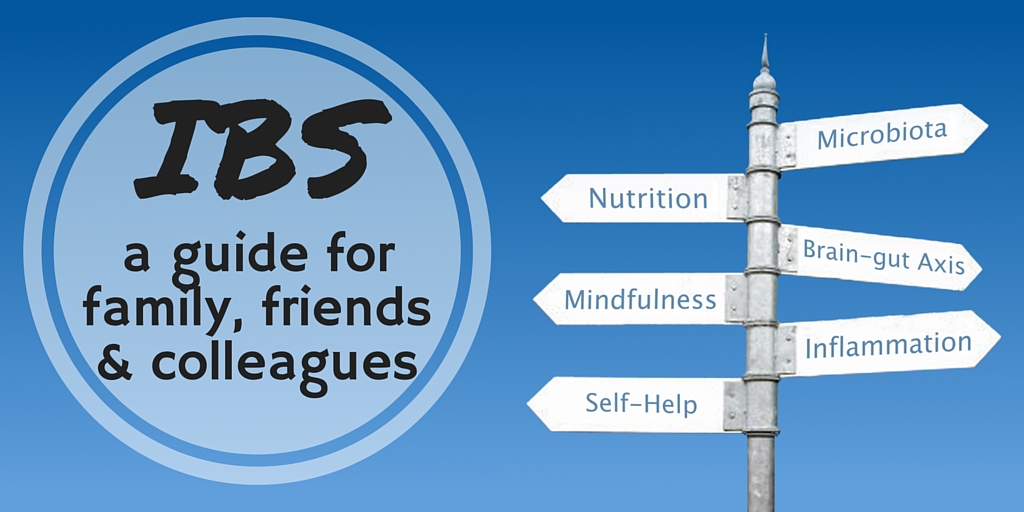
What is inflammatory bowel disease?
Inflammatory bowel disease (IBD) is an umbrella term for diseases which cause either whole or part of the digestive tract to become sore and inflamed. It commonly starts in younger people aged 10 to 40, although younger and older people may be affected too. The two most common types of IBD are Crohn’s disease (CD) and ulcerative colitis (UC); the symptoms for both can be similar but with some distinguishing characteristics. In the 19th and 20th Centuries prevalence of IBD increased with industrialisation and the highest rates in the world are still in developed countries such as the UK, Canada, the USA and Western Europe – although cases are now increasing in China and India.
Crohn’s disease may affect the whole digestive tract from your mouth to your anus; ulcerative colitis affects only the colon. Crohn’s disease can be more serious as it not only affects the lining of the gut but can also extend deeper into the wall of the bowel and this sometimes results in severe complications. Both can be extremely painful and debilitating, leading to weight loss and fatigue, and have a great impact on your quality of life, affecting your ability to digest food and absorb nutrients from it, as well as the frequent trips to the toilet.
Why is IBD increasing?
Studies in the UK have found that the number of children affected by IBD has risen by 15%; in Scotland the number of childhood cases has risen by 76% since 1995, according to research by the University of Edinburgh. Experts are also worried because the average age of onset of symptoms is now much earlier in childhood rather than late teens/early 20s because, as I said before, the symptoms are more severe in childhood.
Although scientists have identified a genetic basis for IBD by pinpointing many different genes, especially the variants in a gene called NOD2 in Crohn’s disease – and a positive family history remains the strongest risk factor for IBD4 – genes are clearly not the whole story. Experts refer to IBD ‘as a complex genetic disorder that is influenced by environmental risk factors’. Certain genes may give you a susceptibility to IBD, but the prevailing theory is that IBD is caused by a combination of genes and exposure to environmental risk factors. It’s the interaction between these environmental risk factors and your normal (nonharmful) gut flora that is believed to lead to an increased immune response which results in chronic inflammation.
What are the symptoms of Crohn’s disease compared to ulcerative colitis?
The short answer is that many of the symptoms overlap (around 10% of IBD sufferers have a mixture of both and this is called indeterminate colitis). There are some key distinguishing characteristics your doctors will be able to tease out – see the table below.
| Ulcerative colitis (just affects the colon) | Crohn’s disease (can affect the whole gut) |
| Bloody diarrhoea and colicky abdominal pain, usually before passing a stool | Abdominal pain and diarrhoea (sometimes with blood, pus or mucus). Pain is caused when food or faeces build up after eating in an area of the intestine damaged/ narrowed by inflammation |
| Some of or the whole colon is inflamed/ ulcerated, but other parts of the gut are usually unaffected | Patches of the gut are inflamed and ulcers may develop but there are sections that are unaffected. It mainly affects the terminal ileum (the last part of the small intestine). Sometimes Crohn’s only affects the colon |
| Only affects the lining of the gut | Inflammation may be confined to the bowel wall but can sometimes cause deep ulcers which also penetrate deeper through the muscle layers of the bowel wall causing fistulas (an abnormal connection between one area of the body and another). Often these are around the anus. Other complications include scarring and narrowing of the intestines, sometimes leading to blockages |
| Inflammation is usually continuous from the rectum | Inflammation often skips segments of bowel which appear normal |
| Weight loss from inflammation | Weight loss from inflammation and reduced absorption |
| Tiredness and fatigue (anaemia is common) | Tiredness and severe fatigue (anaemia and other deficiencies occur) |
| Feeling feverish | Sometimes fever and night sweats can be caused by abscesses or collections of inflammation |
| Inflammation can involve the joints, skin, liver and eyes and cause mouth ulcers | Inflammatory symptoms are similar to those of UC and may spread to other parts of the body causing mouth ulcers, red eyes, painful joints and rashes |
Sources: Core charity and Crohn’s & Colitis UK
More about Crohn’s disease
Crohn’s disease affects around one in 1,000 people and in about one in five cases if you have Crohn’s disease you will have a family member who is also affected.
As discussed in the table above, Crohn’s disease may affect any part of the gut but most commonly causes inflammation in one particular area called the terminal ileum – this is the last section of the small intestine. The first part of the colon, called the caecum and the next, the ascending colon, are often involved. In many people only the colon is affected. Inflammation sometimes skips a segment of gut which is normal, rather than being continuous. Only a few people with Crohn’s will have involvement of the stomach or the upper intestine.
Mild forms of Crohn’s result in patches of inflammation – these look similar to mouth ulcers. In moderate to severe cases the intestine is damaged, and becomes thickened so it blocks the passage of digested food, causing cramp-like pain. Deep ulcers can also penetrate the bowel wall causing infection or even an abscess; this often happens around the anus. It is called a fistula when an inflammatory connection goes through the skin surface, the vagina, the bladder or another part of the bowel. When inflamed tissue heals, scar tissue may form, posing a further risk of blockages in the bowel.
More about ulcerative colitis
Ulcerative colitis is the medical name for when tiny ulcers form on the surface of the lining of the large intestine. It mainly affects the rectum and lower colon, but may affect the whole of the colon. It’s more common than Crohn’s disease, affecting an estimated one in 420 people. It seems to be more common in white people of European descent, particularly among Ashkenazi Jews who originated from Eastern Europe and Russia. It affects non-smokers and ex-smokers more than smokers, although doctors say the risks of smoking still far outweigh the possible benefits so do not take this as a licence to smoke! Men and women are affected by UC in equal numbers.
There are three types of ulcerative colitis:
- Proctitis. This is where only the rectum is inflamed. Fresh blood in the stools is the main symptom, plus an urgent need for the loo (‘urgency’) and perhaps a feeling that you have not completely emptied your bowels. You may have normal stools, diarrhoea or constipation.
- Left sided. This is inflammation that starts at the rectum and continues up the left side of the large intestine (the sigmoid and descending colon). Symptoms include passing diarrhoea with blood and pain on the left side of the abdomen, plus an urge to pass a stool even when your bowel is empty.
- Total colitis. This is sometimes called pan colitis and is when the entire colon is affected to some extent. It causes very frequent bouts of diarrhoea, severe painful stomach cramps, weight loss and often fever and generalised illness.
This extract was taken from What’s Up with your Gut? By Jo Waters and Professor Julian Waters





